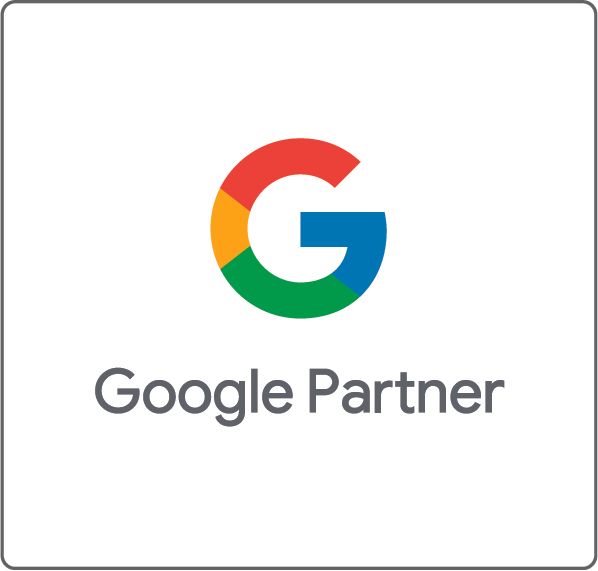Can 280 Characters Save Twitter?
Twitter has been under the microscope as they continuously fail to meet market expectations. The social media platform’s most recent attempt to rebound comes in the form of changing one of their founding elements, the 140 character limit. CEO and Founder Jack Dorsey announced that Twitter is doubling the character limit to 280 characters. The goal is to bring new users to the Twitter platform and increase the number of tweets posted. Twitter has found that users who speak Japanese, Chinese and Korean tweet more since a single character can convey more than a single character in English, Spanish, or French. Often times if a message cannot be completed in the allowed 140 characters, it is not sent at all since an important word or emotion may have to be omitted. Whether or not increasing the character count will achieve Twitter’s goals is a topic of mixed speculations. Many worry that this will change the whole dynamic of the platform. The update is currently being tested by a small number of users and if it proves to be successful, it will be implemented across the platform.
There is always an inherent risk when a company changes one of its core qualities, but there is usually something to gain. The most obvious pro to this change comes down to how well this strategy works out for Twitter. If they accomplish their goal of increasing their user base, there will be more opportunities for brands to reach potential customers. The new update also gives marketers more flexibility with messaging as it doubles the content that can be pushed to followers. 140 characters didn’t always allow users to convey their entire message and forced them to use multiple tweets or cryptic abbreviations. The new 280 character limit gives opportunity for one clear message and more room for creative hashtags. Twitter is largely used for customer support and the change will allow for more comprehensive responses. In addition, brands no longer have an excuse for not being transparent and disclosing sponsorships. The largest benefit of this change is that it allows marketers to try new things and ultimately make the most of the opportunity. Testing different ideas leads to innovation and further pushes the need for companies to adapt to changing social media landscapes.
Despite the possibility for success, this change wasn’t met with open arms. Many don’t agree with this update and think it ruins what Twitter has built. What made Twitter Twitter was the fact that you had to have discipline and concisely articulate your ideas. The short concise messages are quick and easy for readers to digest. Twitter is the go to social media for real-time news and updates. It’s called micro-blogging for a reason; no one wants to read long tweets. Longer tweets also will have to be interesting for their readers and used wisely. Sometimes it's better to keep it short and sweet rather than adding fluff and losing your reader halfway through the tweet. Twitter’s Business Basics also recommends keeping Tweets short. Companies tend to have the mentality that they have to use all the space allowed which could lead to companies sending long tweets just because they can. This will not only affect their engagement but could discredit their messages. Another large issue with this update is that many users don’t think Twitter is listening to the real issues with the platform. Twitter has a large problem with “Troll” accounts and “Hate Groups” using their platform and many want them to be removed. This can be done through Twitter’s Report System which is in need of a serious makeover. Many believe these problems are the reason Twitter isn’t succeeding and has nothing to do with the length of a tweet. And that’s not to mention that there still isn’t an edit button. Sadly, the truth is only time will tell if this change was good or bad.
Twitter and other social platforms will continue to introduce change and brands need to be able to adapt and overcome. My simple recommendation is to continue to use Twitter like nothing has changed and only use the larger limit when absolutely necessary. Editing and limiting your words makes you a better writer and conveys a short concise message. Regardless of how your company views this update, I urge you to keep #Tweeting.
Never miss an update from “The Shoppe,” sign up for our email list today!
Subscribe
Sign up with your email address to receive news and updates.
Subscribe
We will get back to you as soon as possible.
Please try again later.
We respect your privacy.


Address
4 Corporate Drive,
Clifton Park, NY 12065
Shopper and Marketing Insights to Your Inbox!
Sign up with your email address to receive updates and insights from the SparkShoppe team!
Newsletter footer
We will get back to you as soon as possible.
Please try again later.
We support your right to privacy and therefore will not disclose your personal data to other organizations, third party vendors, suppliers or marketers.
© 2024 All Rights Reserved | Privacy Policy | Accessibility Statement














